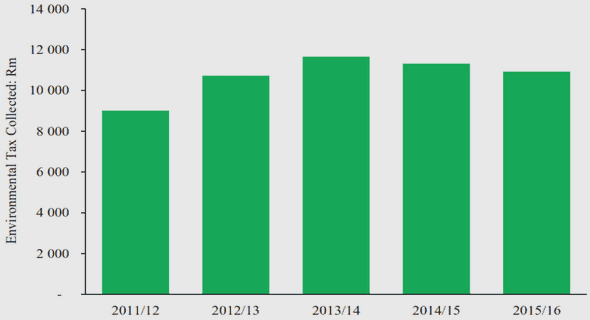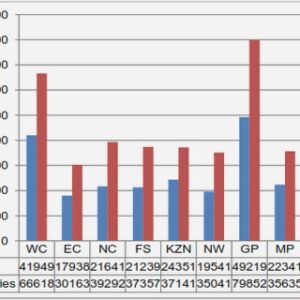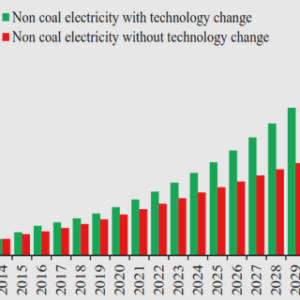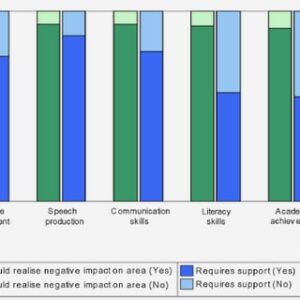(Downloads - 0)
For more info about our services contact : help@bestpfe.com
Table of contents
1 Introduction
2 Monilinia spp. fungi cause brown rot
2.1 Taxonomy
2.2 Differentiation of Monilinia species
2.3 Host range and distribution of Monilinia spp
3 Penetration sites in relation to fruit growth
3.1 Fruit susceptibility evolves along fruit development
3.2 Infection by direct penetration of the cuticle
3.3 Infection through the trichomes basis
3.4 Infection through stomata
3.5 Infection through skin cracks and wounds
4 Infection development
4.1 Adhesion to the cuticle and germination
4.2 Latent infection
4.3 Appressorium formation and hypha penetration
4.4 Appressoria melanization increase pathogenicity
4.5 pH lowering regulates the expression of pathogenicity genes.
4.6 Biochemical arsenal of Monilinia spp.
4.7 Post-penetration
5 Host factors for BR resistance/susceptibility in fruit
5.1 Constitutive components of BR resistance: plant cuticle, a multi-component barrier
5.2 Phenolic acids and their redox-mediated role in fungal inhibition
5.3 Active mechanisms in response to pathogen attack: defence proteins
5.4 ROS, oxidative stress and programmed cell death
6 Breeding for brown rot (BR) resistance
6.1 Genetic resources, breeding programs and phenotyping strategies
6.2 Field-borne inoculum assessment
6.3 Artificial infection assessment
6.4 QTL of resistance
7 Conclusion
1 Introduction
2 Material and Methods
2.1 Plant material
2.2 Fruit sampling
2.3 Extraction
2.4 Analysis of wax compounds
2.5 HPLC Analysis
2.6 Cuticular conductance
2.7 Monilinia susceptibility
2.8 Statistical analysis
3 Results
3.1 Evolution of fruit characteristics during development
3.2 Fruit growth
3.3 Fruit surface conductance
3.4 Fruit susceptibility to M. laxa
3.5 Identification and characterization of fruit cuticular compounds
3.6 Cuticular wax composition
3.7 Identification of secondary compounds
3.8 Developmental variations of wax and surface compounds
3.9 Relationships between wax and surface compounds and fruit characteristics
3.10 Do wax and surface compounds correlate with Monilia laxa infection probability?
4 Discussion
4.1 New compounds detected in fruit surface
4.2 Variations with cultivars and between years
4.3 Evolution of wax and surface compounds during development
4.4 Role of wax and surface compounds in preventing fruit gas exchanges
4.5 Potential effect of wax and surface compounds on brown rot infection
5 Conclusion
1 Introduction
2 Materials and methods
2.1 Vegetal material
2.2 Fruit sampling
2.4 Infection tests
2.5 Fruit surface conductance assessment
2.6 Stomata number estimation
2.7 Genetic linkage map construction and QTL analysis
2.8 Projection of QTL on a physical map
2.9 Statistical analysis
3 Results
3.1 Physical characteristics of young fruit of the population
3.2 Infection probability
3.3 Links between fruits characteristics and fungal susceptibility
3.4 QTL location
4 Discussion
4.1 Marker density and population size – factors controlling QTL detection
4.2 Counting stomata number on a mapping population
4.3 Exploring the link between stomata number and conductance
4.4 Identification of loci governing surface conductance
4.6 Identification of loci governing infection probability and progression
4.7 Hypotheses to explain the variations in susceptibility of young peach to M. laxa
5 Conclusion
1 Introduction
2 Materials and methods
2.1 Plant material
2.2 Monilinia laxa strain
2.3 Infection tests
2.4 Phenotyping
2.5 Measurements acquired in the laboratory test
2.6 Fruit surface conductance assessment
2.7 Genetic linkage map construction and QTL analysis
3.1 Screening for brown rot resistance with infection tests
3.2 High variability of scoring between years
3.3 Natural infection of stems in spring
3.4 Natural infection of fruit in the orchard in 2015
3.5 Comparison between infection methodologies
3.6 Survey of infection progression through lab tests
3.7 Fruit surface conductance
3.8 QTL location
4 Discussion
4.1 The BC2 progeny: an interspecific back cross as a potential source of resistance to M. laxa
4.2 Infection tests for scoring brown rot resistance: with or without wounding fruit?
4.3 Infection tests for scoring brown rot resistance: drop or spray, orchard or lab, natural or artificial infections?
4.4 Trying to explain the high instability between years
4.5 The QTL for brow rot resistance: where are we now?
5 Conclusion
1 Materials and Methods
1.1 Fruit sampling
1.2 Epidermis preparation
1.3 Extraction
1.4 HPLC analyses
2 Results and discussion
2.1 Epidermis compounds showed great variations within the BC2 progeny
2.2 Some compounds were highly correlated between each other
2.3 Peaches and nectarines displayed huge differences
2.4 A hundred QTL were detected for epidermis compounds
2.5 Some compounds exhibited significant relationships with infection traits
2.6 Colocation of QTL for epidermis compounds and M. laxa susceptibility were observed
3 Conclusions
CONCLUSION GENERALE ET PERSPECTIVES




